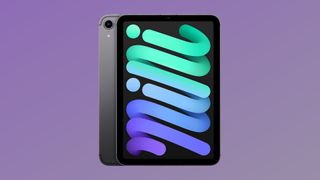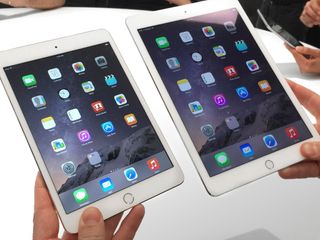Explore iPad Mini
Latest about iPad Mini
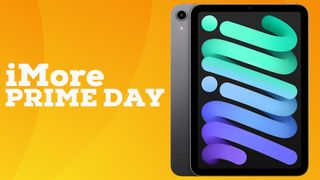
Why wait for a new iPad mini this year, when you can get $120 off the 6th generation in the Amazon Prime sale for the new lowest price ever?
By Tammy Rogers published
The iPad mini has just hit its lowest-ever price in the Amazon Prime Day sales.
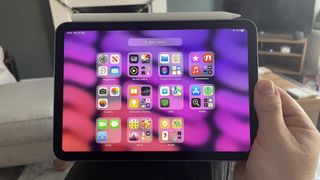
Best accessories for iPad mini 6 in 2025
By Karen S Freeman last updated
The iPad mini is an absolute delight. Get even more out of it with these fun and useful accessories!
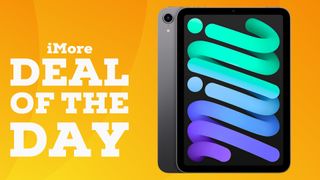
Save $100 on the iPad mini 6 before Amazon Prime Day begins — get Apple's tiny tablet for less than $400
By Daryl Baxter published
Apple’s iPad mini 6 gets a huge $100 discount before Amazon Prime Day begins next week.
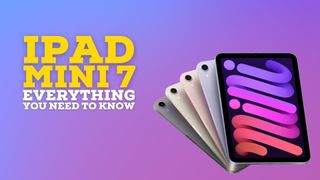
iPad mini 7 rumors: Everything you need to know
By Tammy Rogers last updated
The iPad mini could be coming this year. Here's what you need to know about the new smallest iPad.
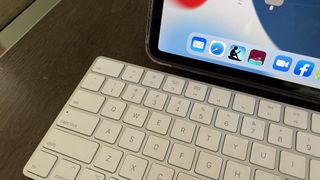
Best keyboards for iPad mini 6 in 2025: tiny typing
By Karen S Freeman last updated
Who wants a big, bulky keyboard for their svelte little iPad mini 6? Not us. Bring on the wee keyboards.
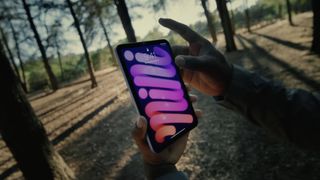
Apple's next iPad mini refresh might not happen until 2025, but a late 2024 launch shouldn't be ruled out just yet
By Oliver Haslam published
Apple hasn't updated the iPad mini since 2021 and a new model is on the way, but don't expect it until the end of 2024 at the earliest.
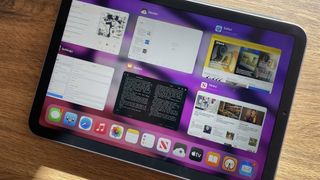
Four new iPad mini 7 features Apple's next tiny tablet needs — and one crippling issue it must fix
By Stephen Warwick published
Apple's iPad mini 7 could debut later this year, but what does it need to be a success?

I'm ditching my 12.9-inch iPad Pro for an iPad mini, and not just because of this $100 Cyber Monday discount
By Daryl Baxter published
After making peace with the fact that a new iPad mini isn’t coming anytime soon, a new Cyber Monday deal has convinced me to switch to the tiny tablet.
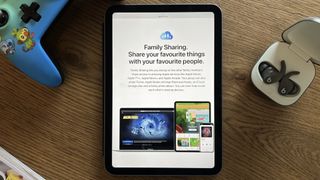
In order to be the best out of the lineup, it's time for iPad mini to grow up
By Lloyd Coombes published
Opinion iPad mini can be mightier than the Pro sword, if Apple wants it to.
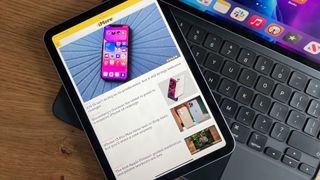
iPad mini 7 delay will see 2024 release alongside another affordable iPad
By John-Anthony Disotto published
A new iPad mini will release alongside another affordable iPad in 2024 according to a new report from Ming-Chi Kuo.

Where's the iPad Mini 7? I'm sick of jelly scrolling
By John-Anthony Disotto published
Are you waiting for an iPad mini 7? Me too, and I'm losing my patience.
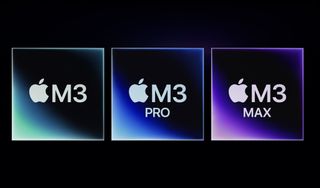
Apple just revealed its M3, M3 Pro, and M3 Max chips - here are the details
By Oliver Haslam published
Apple has just announced the latest Apple silicon chips, the all-new M3 family.

iPad mini 7 could appear at Apple's event later today after new database filing
By Daryl Baxter published
It’s been discovered that battery resubmissions took place last week for an iPad mini, fuelling reports it could appear at Apple’s “Scary Fast” event.

The iPad mini 7 might miss out on this key display upgrade
By Oliver Haslam published
The iPad mini 7 isn't expected to benefit from a huge display upgrade, nor will we have big changes elsewhere, either.

Save a massive $100 on the iPad mini at Amazon
By Tammy Rogers published
The iPad mini drops in price by a massive $100 making for an excellent mid-year deal.

iPad mini 7 could get a surprise reveal – and sooner than you think, too
By Daryl Baxter published
iPad mini hasn't seen an update since 2021, but we may be about to see a refresh.
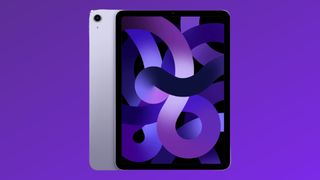
Save big on an iPad Mini 6 in the UK - now £70 off
By Tammy Rogers published
The iPad mini has received a big discount in the UK, with a big £70 saving on full price.

Best cases for iPad mini 6 in 2025
By Luke Filipowicz last updated
The iPad mini 6 has been newly redesigned, meaning you're going to need a new case. Here are the best cases for the iPad mini 6.
iMore offers spot-on advice and guidance from our team of experts, with decades of Apple device experience to lean on. Learn more with iMore!
